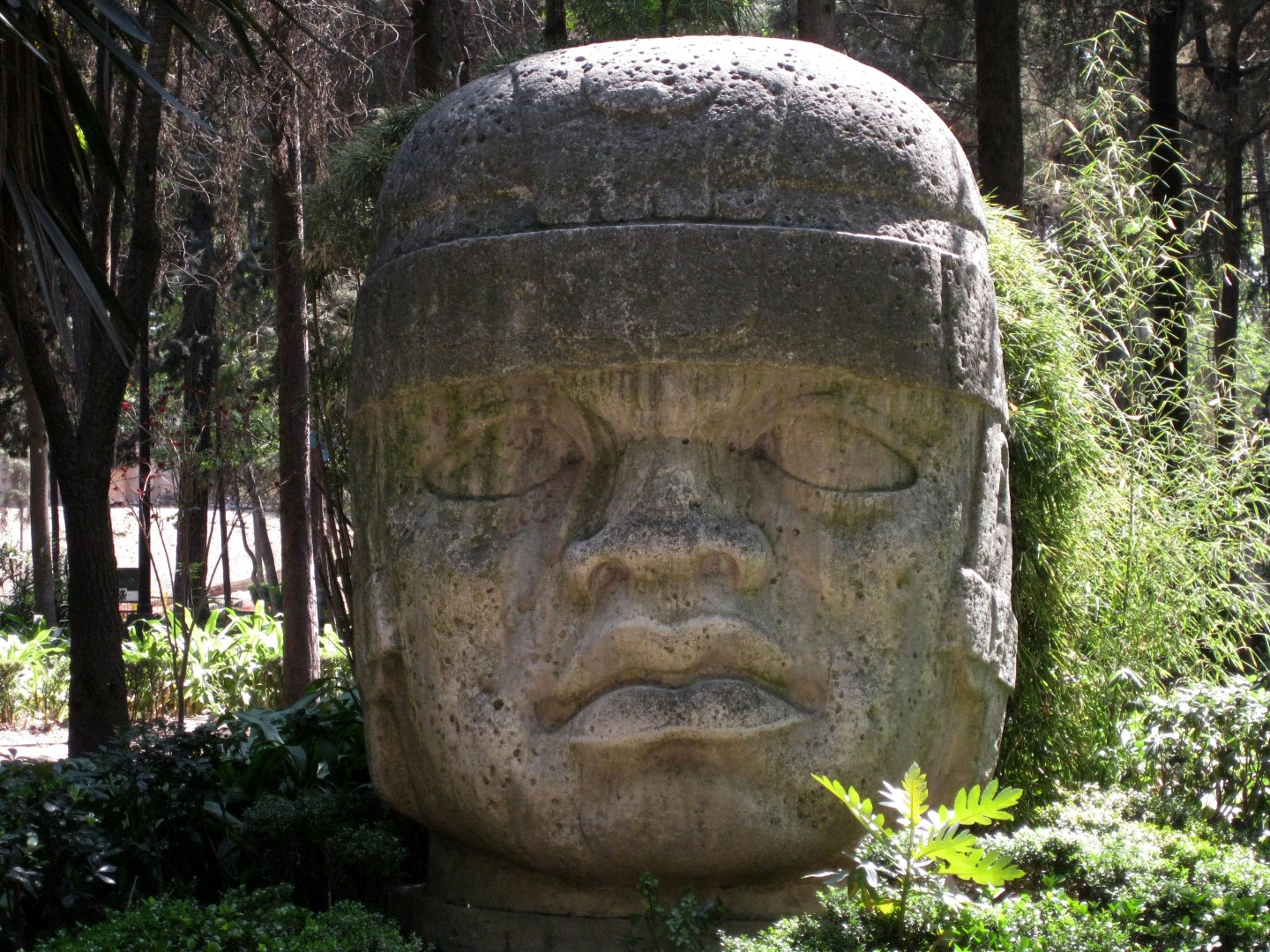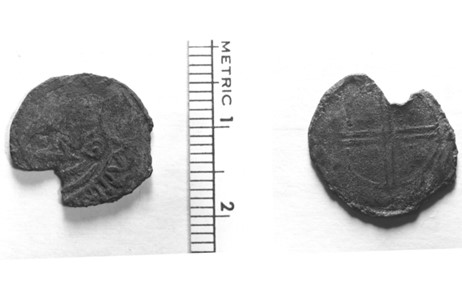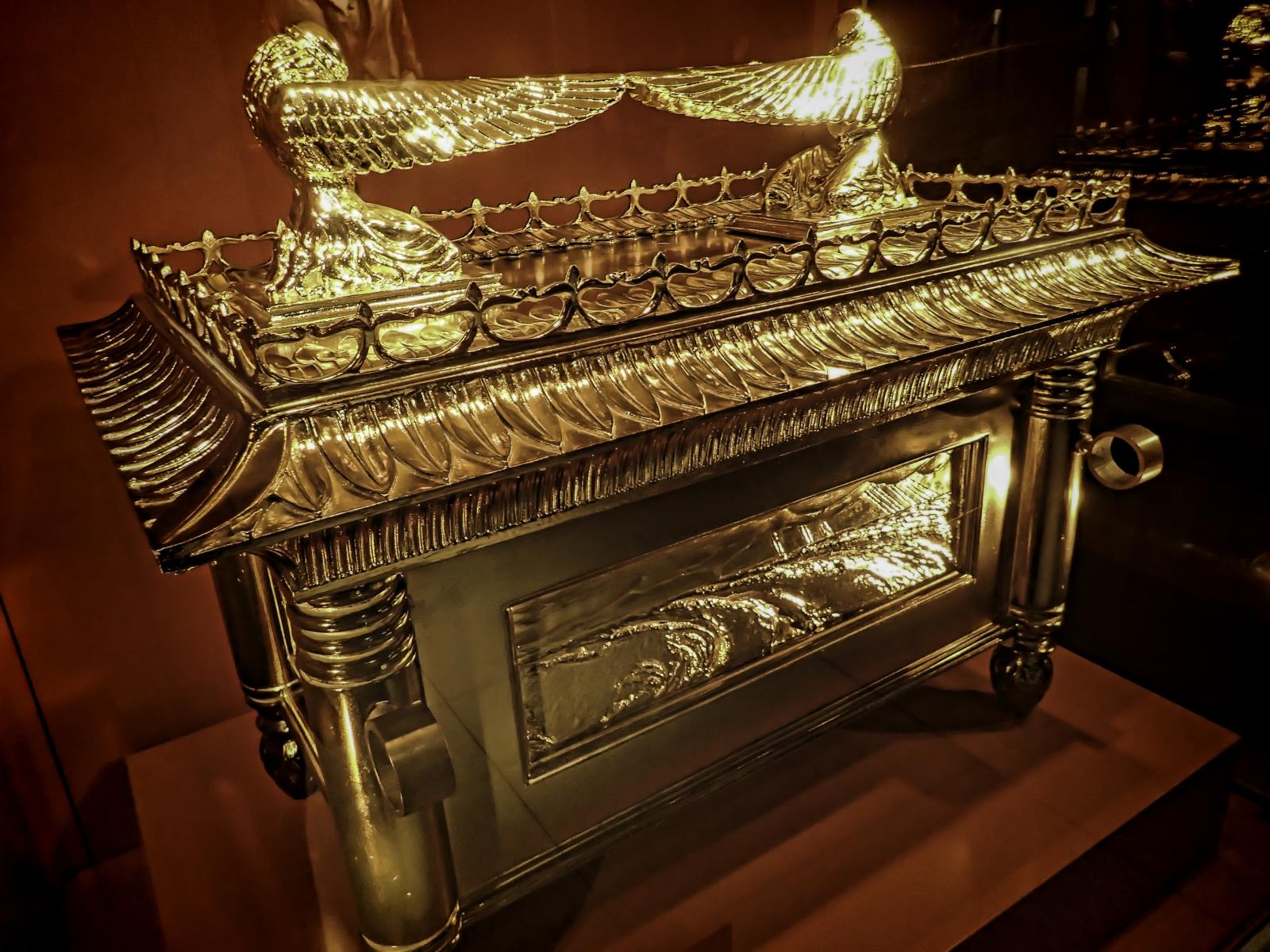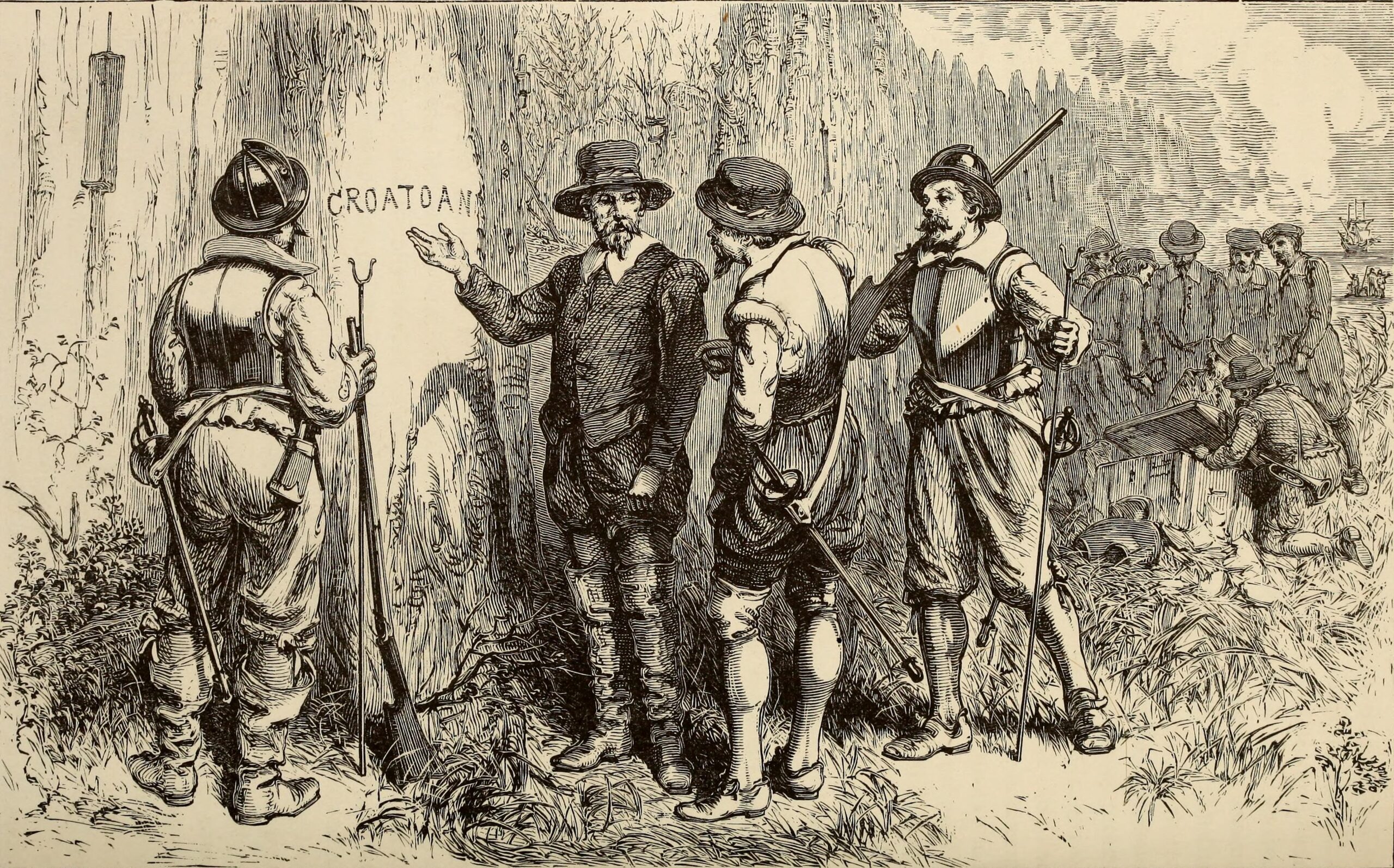
Off North Carolina’s coast on Roanoke Island, the Lost Colony of Roanoke marks one of America’s earliest unsolved tales, starting in 1587 AD when 115 English settlers landed under Governor John White. Founded as England’s first lasting New World settlement, this group of men, women, and children vanished by 1590 AD, leaving only “CROATOAN” carved on a post. Since White’s return in 1590 AD found no trace beyond that cryptic hint, historians have wrestled with their disappearance. Today, the Lost Colony of Roanoke remains a haunting question, weaving fact with theories about survival, conflict, or integration in early colonial America.
The Lost Colony of Roanoke Takes Root
In July 1587 AD, John White led 115 settlers to Roanoke Island, aiming to plant England’s flag in the New World, per records from the National Park Service. Among them were White’s daughter Eleanor Dare and granddaughter Virginia, born that August as the first English child in America. Over months, they built homes and forged ties with local Croatoan and Secotan tribes, despite friction from a 1585 AD expedition. For a brief period, this colony stood as a daring venture. Yet White sailed back to England in August 1587 AD for supplies, leaving them to an unknown fate. Consequently, their early efforts laid the groundwork for a lingering mystery.

A Vanishing Without a Trace
When White returned on August 18, 1590 AD, delayed by war with Spain, he found the Lost Colony of Roanoke gone, per his accounts at the British Museum. After three years, the settlers had disappeared, leaving no bodies, just “CROATOAN” on a post and “CRO” on a tree, as noted in his 1590 AD report. Meanwhile, the homes stood intact with no signs of fight or flight. Could drought or famine have forced them out? Archaeological digs since the 20th century AD, like those by East Carolina University, found no mass graves, deepening the puzzle. For now, their fate stays a blank slate in history.
Theories of Fate and Survival
Since 1590 AD, ideas about the Lost Colony of Roanoke have grown, built on slim clues. Some scholars, like David Beers Quinn, argue they joined the Croatoan tribe on Hatteras Island, backed by 17th-century AD tales of blue-eyed natives and 2015 AD English pottery finds there from the Croatoan Archaeological Society. Others suggest starvation or clashes with Secotan tribes, though no battle relics surfaced, per excavations at Fort Raleigh National Historic Site. Alternatively, could sickness have scattered them? Thus, each theory offers a piece of the story without a clear ending, fueling debate.
Roanoke’s Lasting Echo
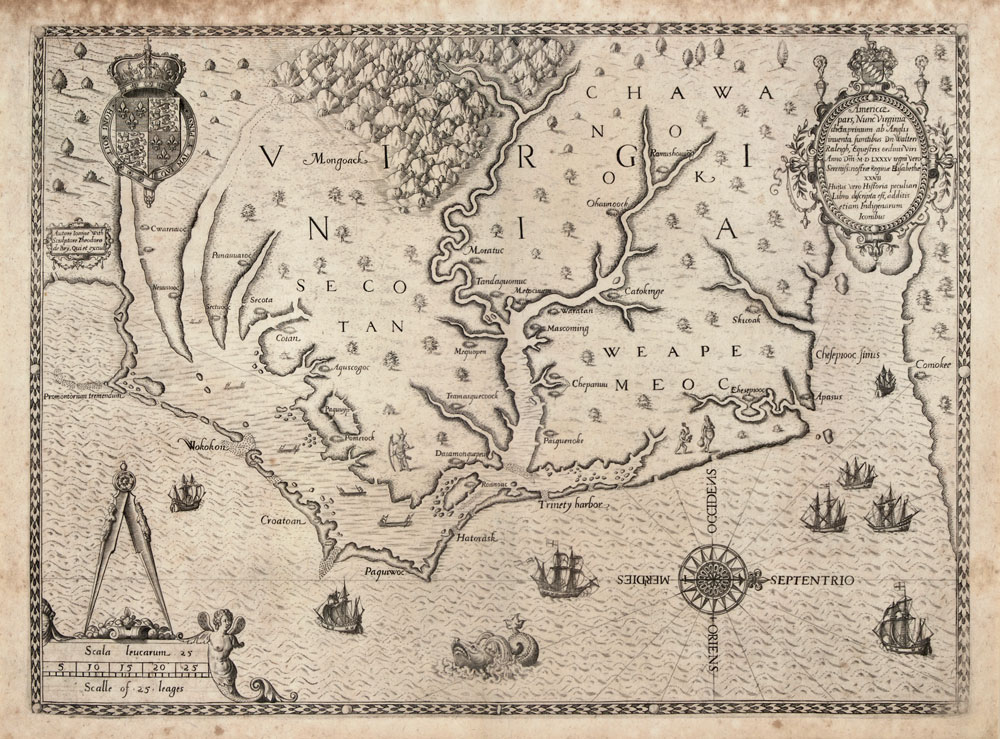
Now part of Fort Raleigh National Historic Site, Lost Colony of Roanoke draws crowds and researchers, its tale preserved through digs and the Lost Colony DNA Project started in 2007 AD. Beyond its quiet site, it probes early colonial life, with 2023 AD efforts by the National Park Service uncovering pottery but no graves. Since White’s day, it has sparked plays, books, and searches for answers. Ultimately, this vanished settlement lingers as America’s oldest unanswered riddle, nudging us to uncover the truth of its 115 settlers.


